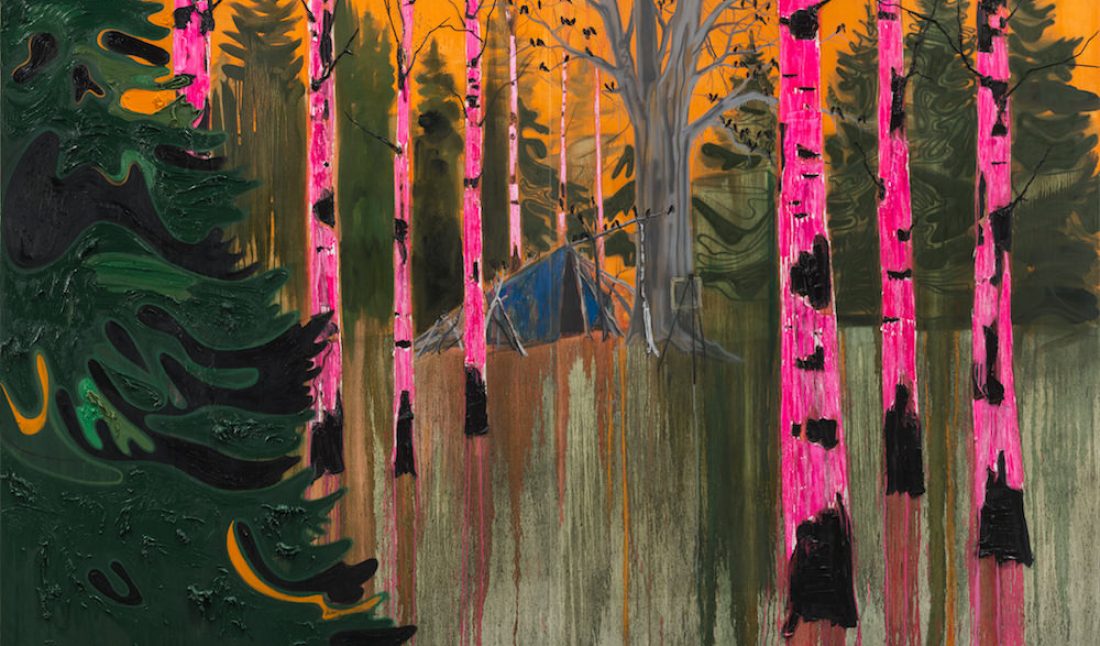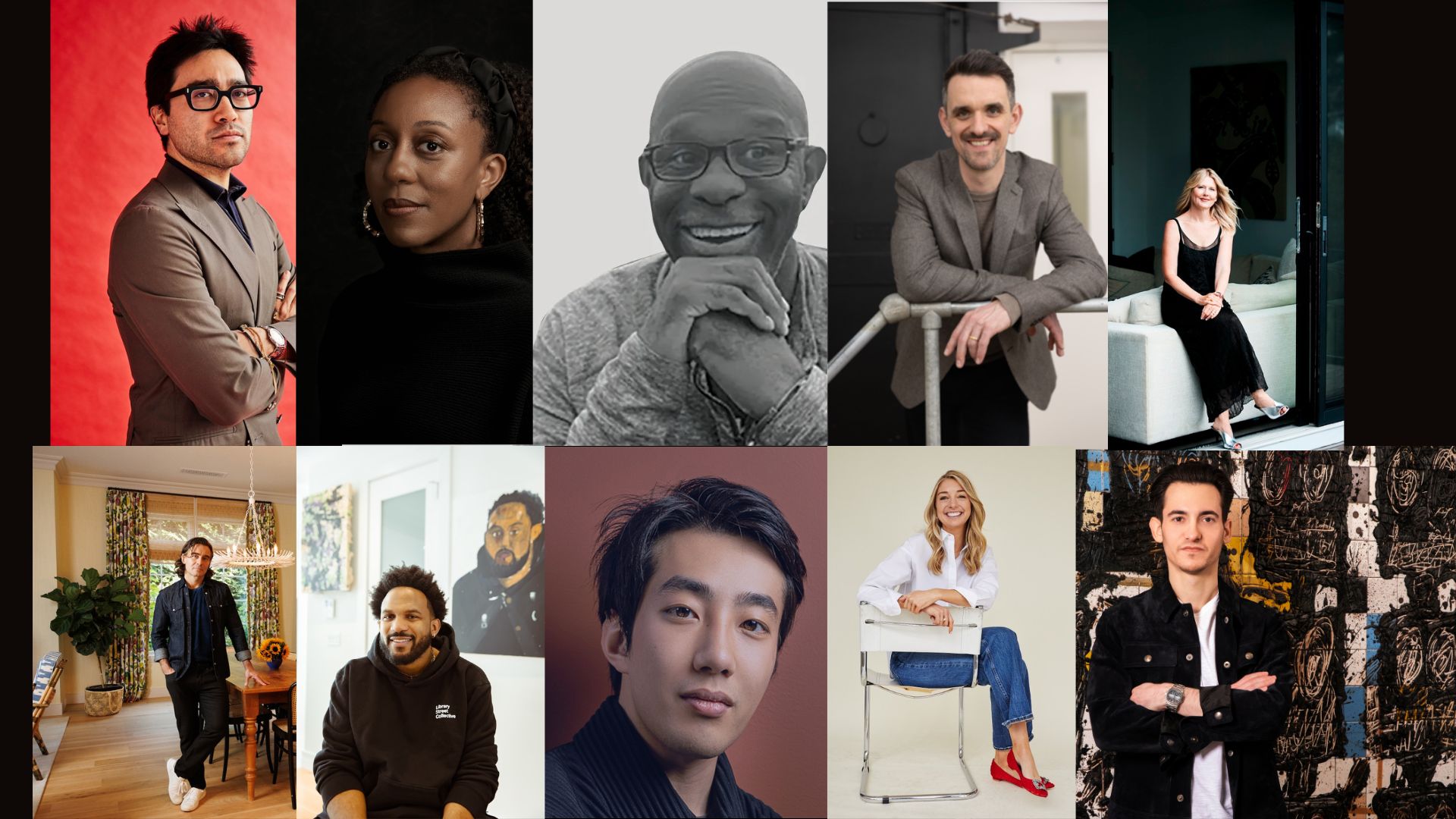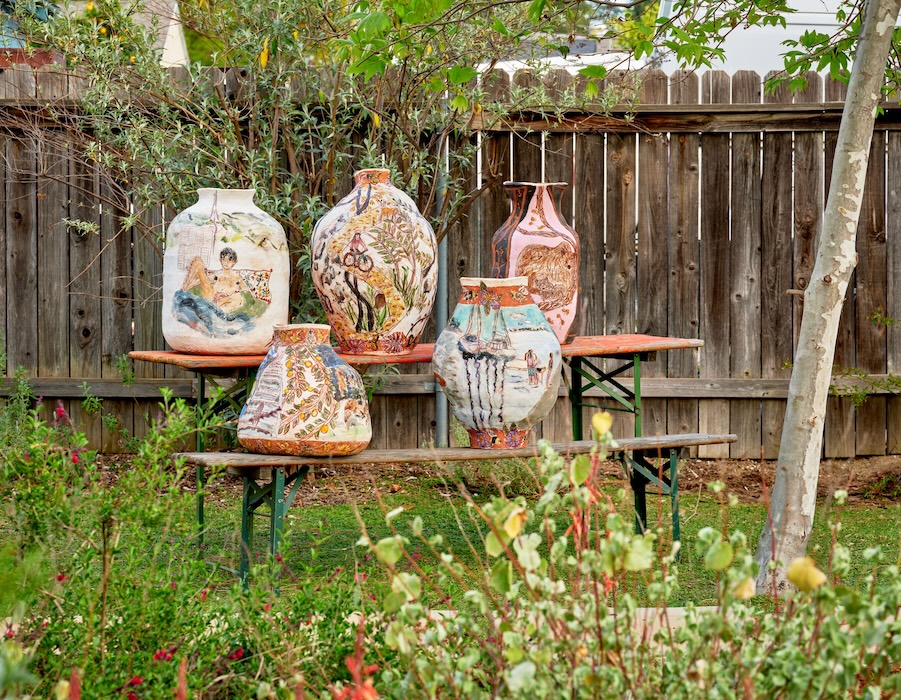Arsenal Contemporary in New York is currently presenting a two part exhibitions of Robin Meier’s “Synchronicity” and Kim Dorland‘s “Same Old Future.” Curated by Marc-Olivier Wahler and Jean-Michel Othoniel, it is presented in collaboration with the Eli and Edythe Broad Art Museum at Michigan State University.
Set in the mangrove forests of Thailand, Synchronicity, captures thousands of fireflies and LED lights beginning to blink in harmony. Dorland is presenting 12 new paintings of haunting wooded landscapes.
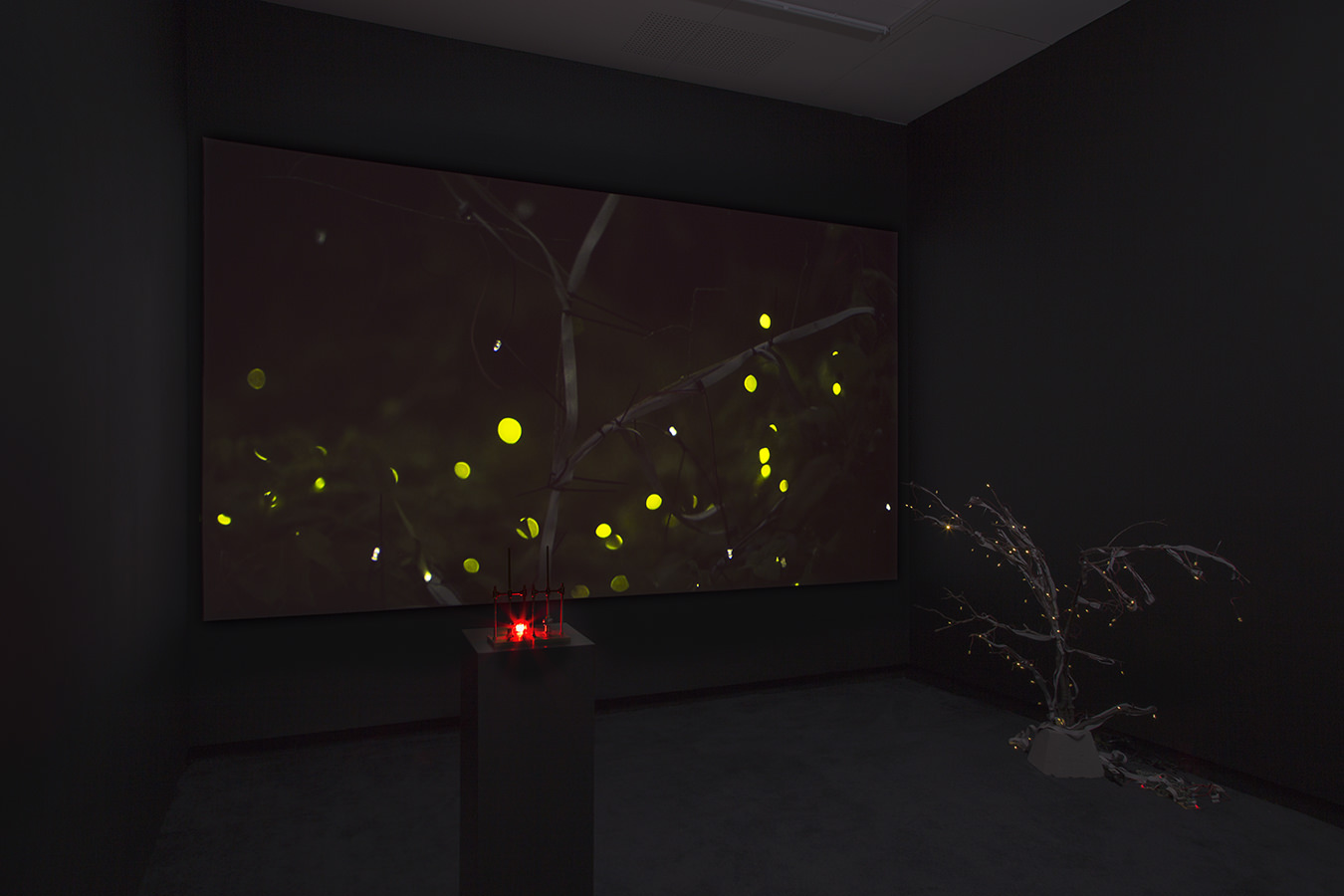 Robin Meier & Andre Gwerder: Synchronicity (Thailand), 2015-18 Digital Video (4k/2k), Stereo Soundtrack, 29 Minutes. Ed. Of 5 produced by Audemars Piguet Art Commission, Le Brassus Director of Photography: Nikolai Zheludovich; Editing: Mariko Montpetit. Soundtrack Robin Meier and Ali Momeni.
Robin Meier & Andre Gwerder: Synchronicity (Thailand), 2015-18 Digital Video (4k/2k), Stereo Soundtrack, 29 Minutes. Ed. Of 5 produced by Audemars Piguet Art Commission, Le Brassus Director of Photography: Nikolai Zheludovich; Editing: Mariko Montpetit. Soundtrack Robin Meier and Ali Momeni.
Whitewall spoke with Wahler and Othoniel about the dialogue between “Synchronicity” and “Same Old Future.”
WHITEWALL: What originally drew you to Robin Meier’s work?
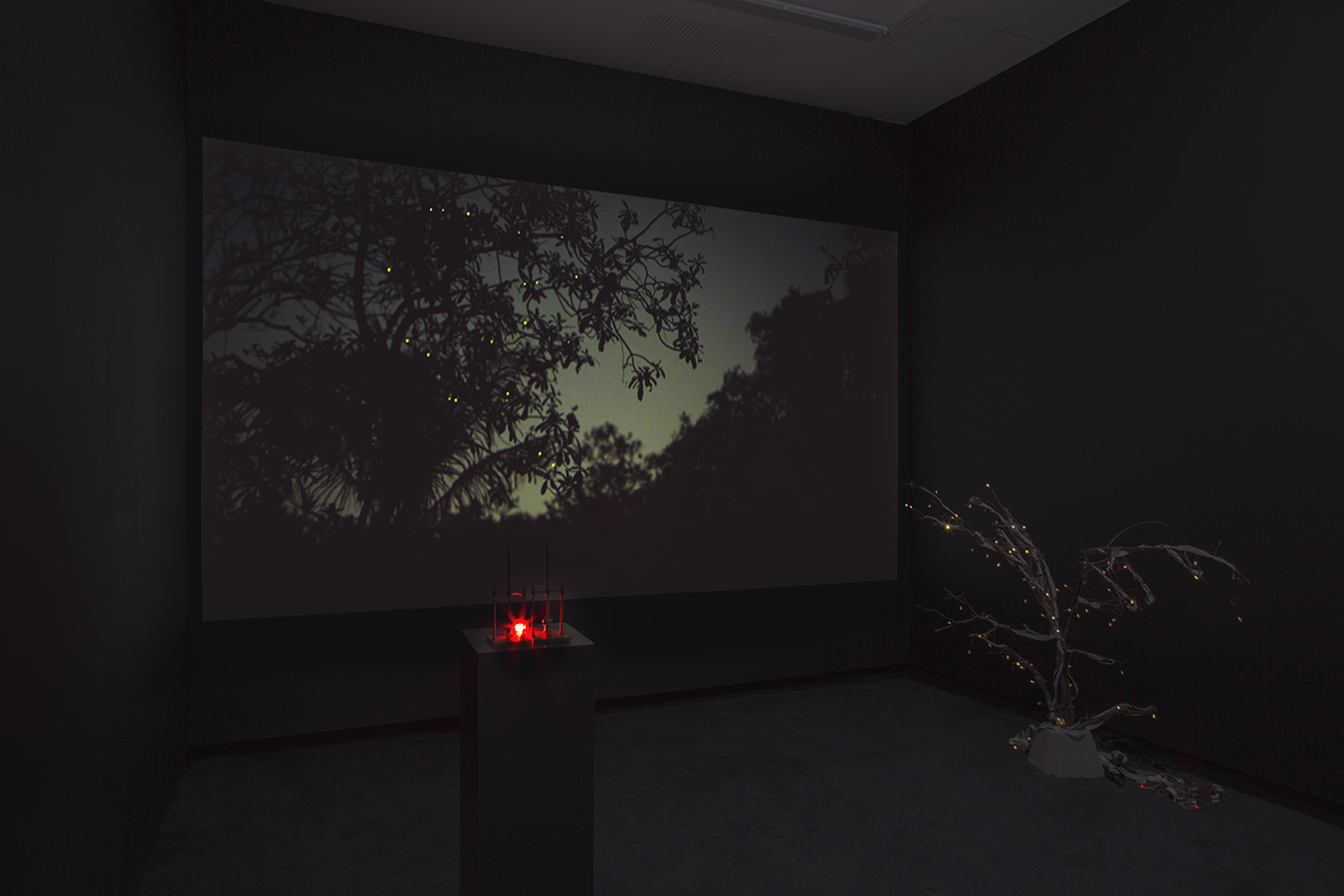 Robin Meier & Andre Gwerder: Synchronicity (Thailand), 2015-18 Digital Video (4k/2k), Stereo Soundtrack, 29 Minutes. Ed. Of 5 produced by Audemars Piguet Art Commission, Le Brassus Director of Photography: Nikolai Zheludovich; Editing: Mariko Montpetit. Soundtrack Robin Meier and Ali Momeni.
Robin Meier & Andre Gwerder: Synchronicity (Thailand), 2015-18 Digital Video (4k/2k), Stereo Soundtrack, 29 Minutes. Ed. Of 5 produced by Audemars Piguet Art Commission, Le Brassus Director of Photography: Nikolai Zheludovich; Editing: Mariko Montpetit. Soundtrack Robin Meier and Ali Momeni.
MARC-OLIVIER WAHLER: The first time I met Robin Meier was in 2007. He was writing algorithms for two other artists, Fabien Giraud and Raphaël Siboni, for an exhibition at Palais de Tokyo. He showed me what he was working on and I was immediately hooked.
Here was an artist, trained as a musician, writing algorithms, programming robots, composing music, who could share with me thoughts on emergence behavior in philosophy, systems theory, science, and art. At that time, he was doing research on mosquitoes and ways to synchronize females’ buzzes with males’ ones, and altogether with computer generative music. He was working on creating a concerto for three mosquitoes and a computer.
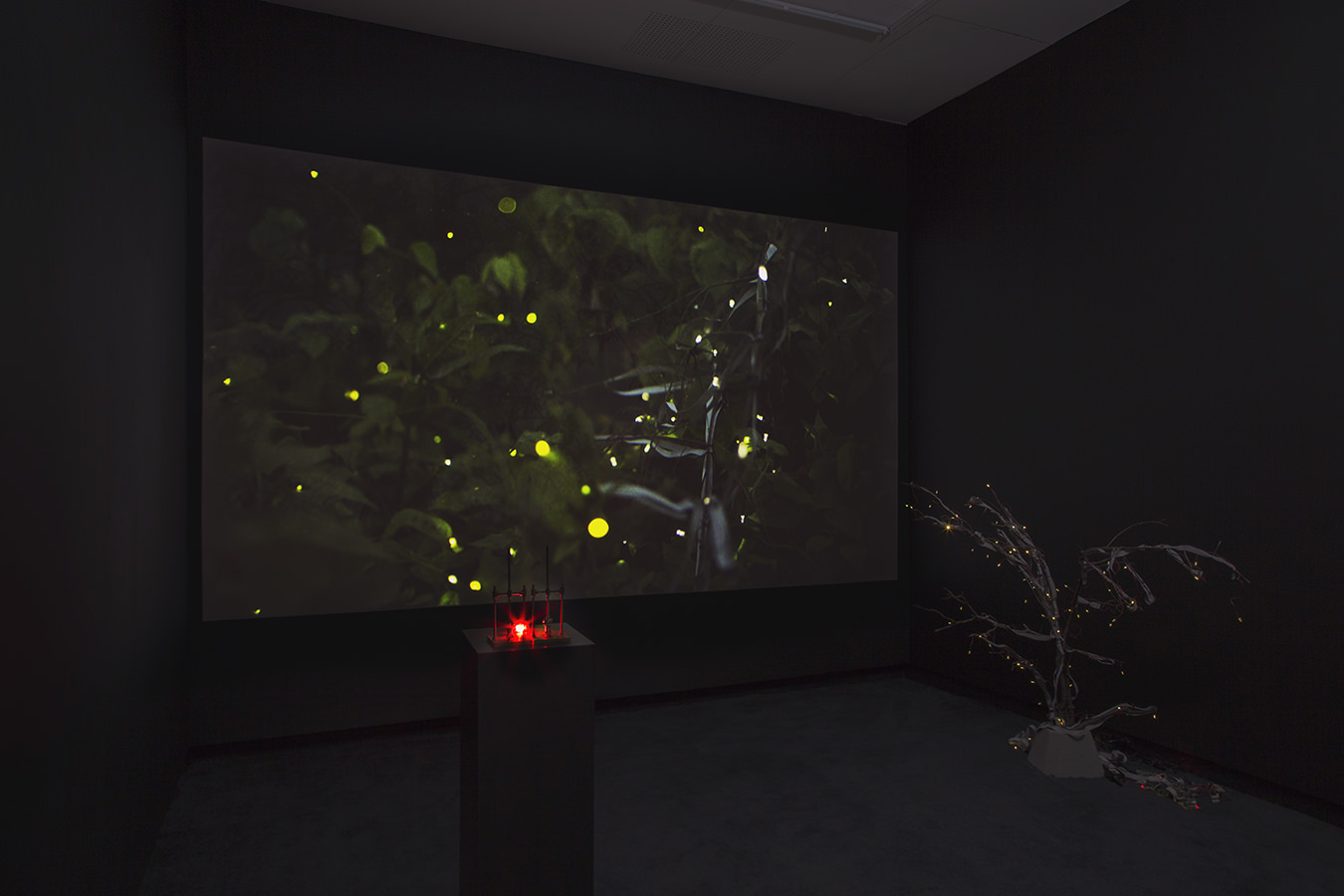 Robin Meier & Andre Gwerder: Synchronicity (Thailand), 2015-18 Digital Video (4k/2k), Stereo Soundtrack, 29 Minutes. Ed. Of 5 produced by Audemars Piguet Art Commission, Le Brassus Director of Photography: Nikolai Zheludovich; Editing: Mariko Montpetit. Soundtrack Robin Meier and Ali Momeni.
Robin Meier & Andre Gwerder: Synchronicity (Thailand), 2015-18 Digital Video (4k/2k), Stereo Soundtrack, 29 Minutes. Ed. Of 5 produced by Audemars Piguet Art Commission, Le Brassus Director of Photography: Nikolai Zheludovich; Editing: Mariko Montpetit. Soundtrack Robin Meier and Ali Momeni.
I was fascinated and I presented his work at Palais de Tokyo in 2010 in the group show “Dynasty.” In 2011, I asked him to do a solo exhibition and he organized, in collaboration with Ali Momeni, a choreographed performance with thousands of fire ants from Brazil, that at one point, sprawled beyond the exhibition space and started to invade Palais de Tokyo.
WW: What was your initial reaction to Synchronicity?
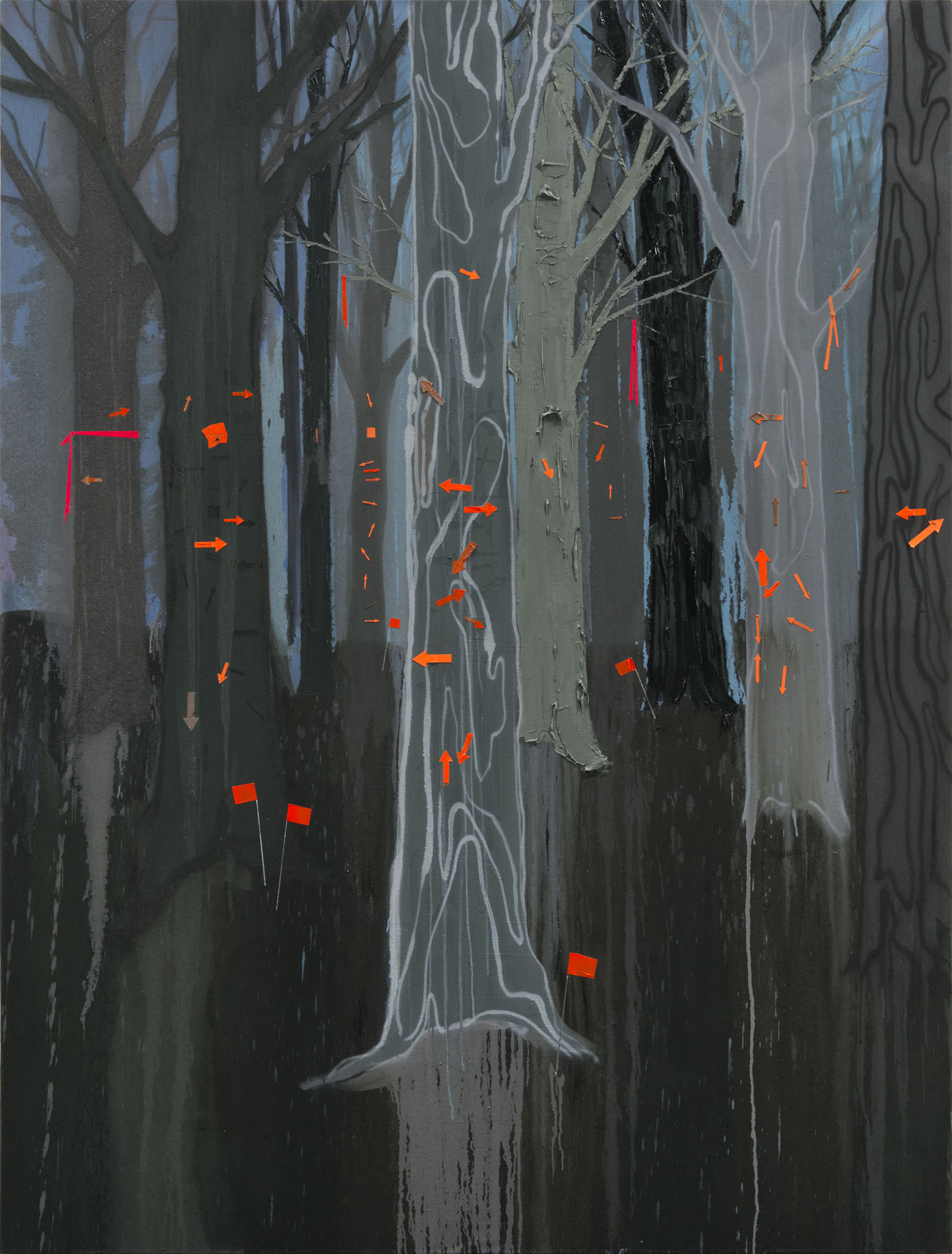 KIM DORLAND
KIM DORLANDAll Ideas are Wrong
2017/18
Oil on linen
96 x 73 inches
Courtesy of Arsenal Contemporary
MOW: Synchronicity was in a way a logical development from his previous work with mosquitoes. How do living creatures connect to each other; how do self-organized or spontaneous systems emerge? This is a fascinating topic and has many repercussions in art, with, notably the notions of authorship, serendipity, creativity, as well as the ways viewers are implementing forms and contents.
The way Robin Meier tackled these issues was elegant, efficient, and based on deep research with labs around the world. His working style is always through collaborations, both with other artists (in the case of Synchronicity, with André Gwerder) and with scientists. Thanks to a partnership with Audemars Piguet, he could develop this ambitious project and work with labs in Japan, study and film fireflies in Thailand, and work with architects to build a structure hosting an ecosystem filled with a pendulum, computer, LEDs, plants, heat, vent and moisture systems that would help fireflies and crickets synch together.
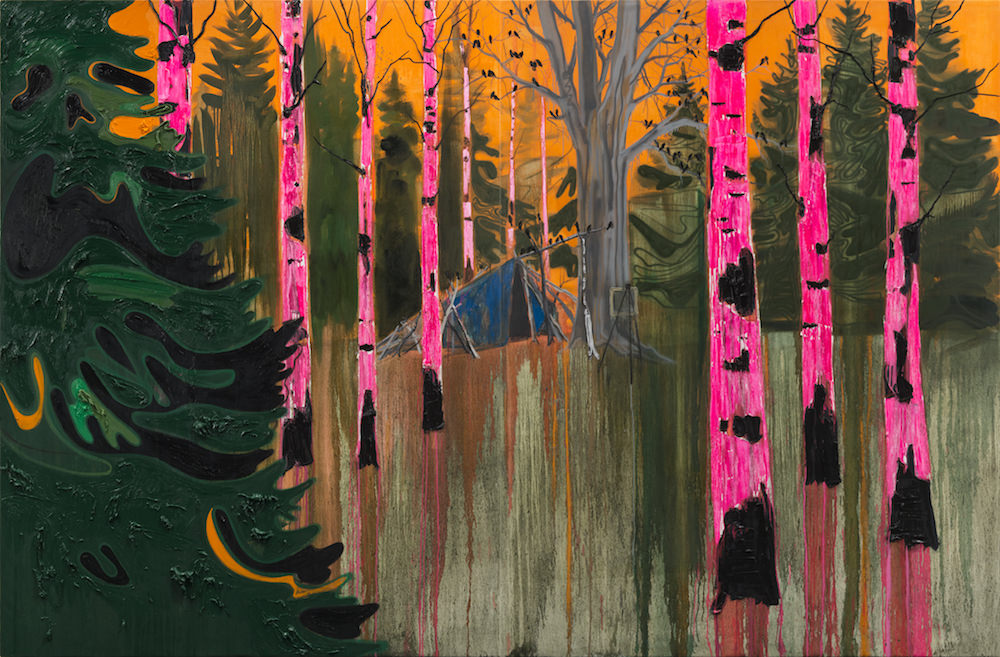 KIM DORLAND
KIM DORLANDShelter
2017/18
Oil on linen
96 x 144
Courtesy of Arsenal Contemporary
WW: The concept of Synchronicity is simple, but the outcome—the way nature acts and reacts according to its surroundings—is actually quite amazing. Why is it important for people to actually experience this installation?
MOW: I think it’s important people can physically experience the work. In the first iteration of the piece, you had to walk into the tent, feels the variations of humidity and temperature, get accustomed to dark red light, be alert and observe living fireflies synching with LEDs, listen to the crickets chirping in unison… it created its own organism, breathing to the rhythm given by the pendulums. The video installation at Arsenal is simpler in its means, but is even more hypnotic, as you could sit, watch, and be enthralled by the combination of the pendulums’ rhythms synching with the flashing of the LED’s and the fireflies in the Thai mangrove.
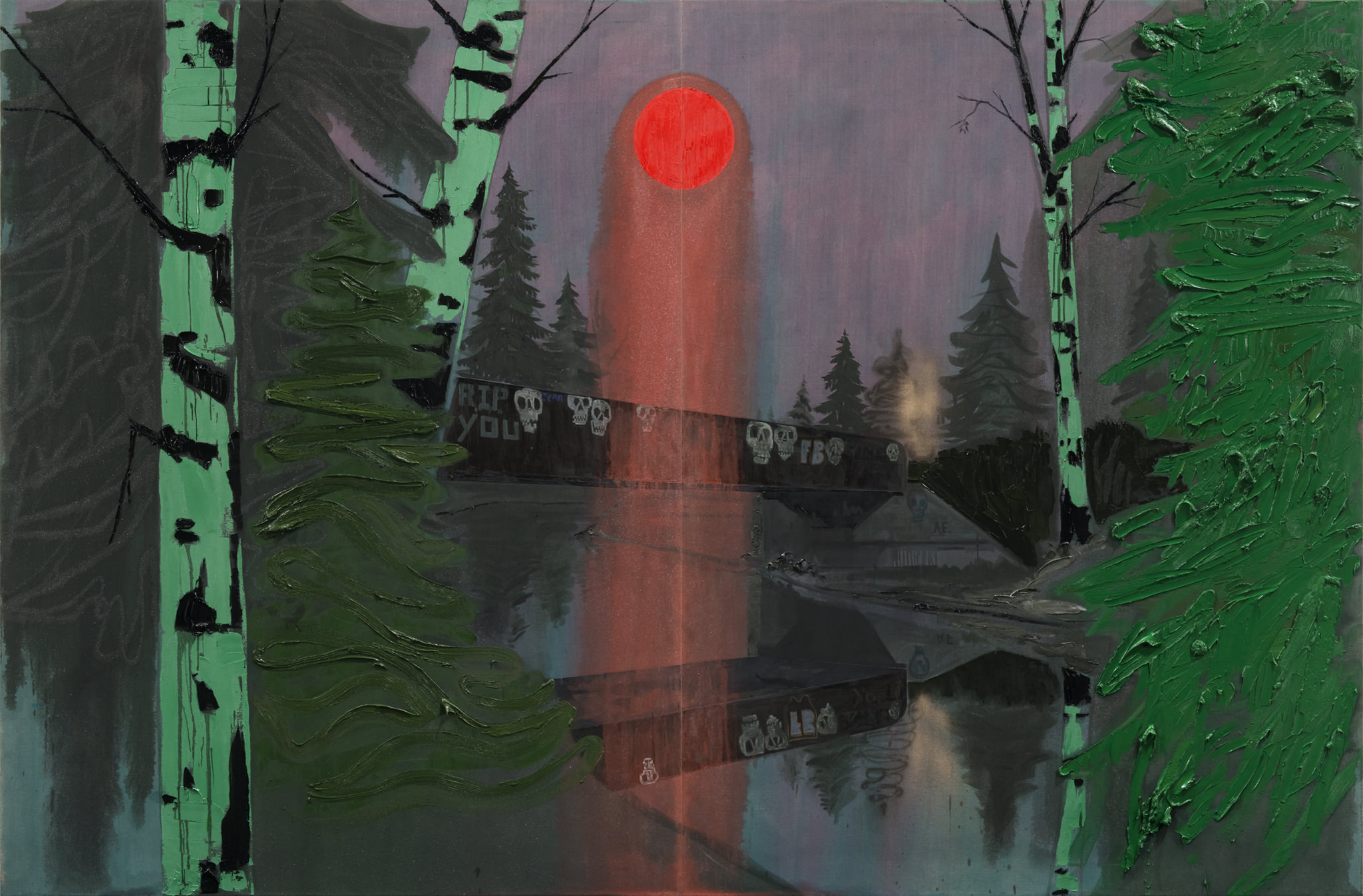 KIM DORLAND
KIM DORLANDR.I.P. You
2018
Oil and ink on linen
96 x 146
Courtesy of Arsenal Contemporary
WW: How would you describe the relationship between the two exhibitions on view at Arsenal, “Synchronicity” by Meier and Kim Dorland’s and “Same Old Future”?
MOW: In a way, it’s totally different, so at first sight, you are not enticed to draw relationships between the two works. You come from a brightly lit space exhibiting colorful paintings to a dark space with scarce lights flashing in a rhythmic way. But when you go back to the painting exhibition, you see the works there in slightly different way. Your relationship to nature shifted in such a way that you can see pink tree trunks as the true color of nature.
WHITEWALL: What originally drew you to Kim Dorland’s artwork?
JEAN-MICHEL OTHONIEL: The first time I saw one of Kim Dorland’s painting, it was at the Arsenal in Montreal. Among the exhibited works at the time, one painting stood out against the rest of the artworks, and it was Kim’s.
When Pierre Trahan asked me what I was thinking about the young Canadian contemporary art scene, I couldn’t help but remember this painting by Kim and we discussed a lot about his work. A few years later I had the chance to discover more of his work at the Arsenal and met him. We got along very well and Pierre Trahan and Isabelle Kowal asked me to curate Kim’s solo show in New York.
WW: How would you describe your reaction the first time you saw Same Old Future?
JMO: I came to help Kim in the installation process after we talked a lot of the paintings he wanted to show, and the hanging of the artworks was completely different at that time.
We discussed and moved all the paintings to tell a story in which Kim could see himself and that would echoes his own desires. With “Same Old Future,” he created and anteroom, a space of wandering where the visitor can both reed the whole dream/nightmare story Kim is developing through his paintings, and get lost in the details of each artwork, as frontiers between our world and territories of the Invisibles.
WW: “Same Old Future” explores the way humans treat nature as a dumping ground. What kind of effect do you think this important commentary will have on the audience?
JMO: Kim’s very particular language is not pompous, his paintings are direct, raw and do not beat around the bush.
The sites Kim paints are the marginal realms between city and nature. In these paintings, we find a terror of brute nature as well as a fascination with urbanity. Unfortunately, there is a certain beauty in wandering, among the woods at the edge of the city where one may hide, in the forest that skirts the highways we cruise, in the sordid places where desperate travelers index their desire to live or love. As I was the first time I saw one of Kim’s painting, I think the audience will be both confused and attracted.
WW: How is Dorland addressing the history of landscapes in these works?
JMO: Kim’s paintings do not point to an idealized world. They do not function like Nabis paintings as, for example, Peter Doig’s paintings might. There is no Romanticism here, no contemplation, since this is not the forest proper which is being relayed, but an in between. The landscapes he depicts, filled with trash, are miserably human. They are mirrors reflecting our own fears, portraits of our own disenchanted human lives. This is where Kim’s forests break with a history of landscape, with the idea of an ancestral and pure forest.







